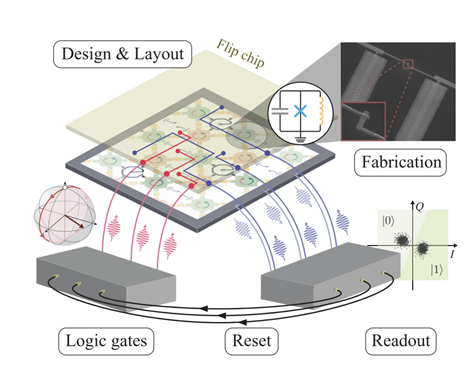About
The mission of the Advanced Scientific Computing Research (ASCR) program is to discover, develop, and deploy computational and networking capabilities to analyze, model, simulate, and predict complex phenomena important to the Department of Energy (DOE). A particular challenge of this program is fulfilling the science potential of emerging computing systems and other novel computing architectures, which will require numerous significant modifications to today's tools and techniques to deliver on the promise of exascale science.
Background
Imagine exploring the inner workings of a supernova or traveling through time to observe Earth's global climate as it changes. Scientists today can explore these realms thanks to a 100 fold increase in computing power delivered over the past five years and to the software and algorithms developed to harness the power of these forefront computers.
Throughout history, as we have strived to comprehend the mysteries of the universe, mathematics has been an essential tool. It allowed Eratosthenes to determine the circumference of the earth. Newton invented calculus to understand the movement of the planets. Mathematical research in the 1800s laid the groundwork for Einstein's Theory of General Relativity.
Today, advances in mathematics and computing are providing the foundation for models and simulations, which permit scientists to gain new insights into problems ranging from bioenergy and climate change to Alzheimer's disease. ASCR and its predecessor programs have led these advances for the past thirty years by supporting the best applied math and computer science research, delivering world class scientific simulation facilities, and working with discipline scientists to deliver exceptional science.
"It is generally accepted that computer modeling and simulation offer substantial opportunities for scientific breakthroughs that cannot otherwise - using laboratory experiments, observations, or traditional theoretical investigations - be realized. At many of the research frontiers, computational approaches are essential to continued progress and will play an integral and essential role in much of twenty-first century science and engineering."[1] For the growing number of problems where experiments are impossible, dangerous, or inordinately costly, exascale computing will enable the solution of vastly more accurate predictive models and the analysis of massive quantities of data, producing advances in areas of science and technology that are essential to DOE and Office of Science missions and, in the hands of the private sector, drive U.S. competitiveness.
ASCR will continue to be guided by science needs as it develops computers and networks at the leading edge of technology. ASCR has already initiated investments to address the challenges of hybrid, multi-core computing up to the exascale (capable of an exaflop, or 1018 floating point operations per second, a thousand-times faster than today's petascale computers). Like the path to petascale computing, this path is driven by the requirements of applications that are critical to the DOE and the nation as defined through a series of workshops.[1] However, unlike the path to petascale, there are technological challenges that must be addressed to reduce the energy demands and increase the memory available on exascale systems so that they will be useful for science and engineering. Addressing these challenges will result in not only exascale systems but also in affordable, energy efficient petascale systems and high-end desktops to drive scientific and engineering discovery across the country. With this integrated approach, ASCR will continue to deliver scientific insight to address national problems in energy and the environment, while advancing U.S. competitiveness in information technology and high-tech industry.
To accomplish its mission and address the challenges described above, the ASCR program is organized into two subprograms - Mathematical, Computational, and Computer Sciences Research and High Performance Computing and Network Facilities.
- The Mathematical, Computational, and Computer Sciences Research subprogram develops mathematical descriptions, models, methods, and algorithms to describe and understand complex systems, often involving processes that span a wide range of time and/or length scales. The subprogram also develops the software to make effective use of advanced networks and computers, many of which contain thousands of multi-core processors with complicated interconnections, and to transform enormous data sets from experiments and simulations into scientific insight.
- The High Performance Computing and Network Facilities subprogram delivers forefront computational and networking capabilities and contributes to the development of next-generation capabilities through support of prototypes and testbeds.
Effective scientific utilization of high-end capability computing requires dynamic partnerships among application scientists, applied mathematicians, computer scientists, and facility support staff. Therefore, close coordination both within and across ASCR subprograms and with partner organizations is key to the success of the ASCR program.



